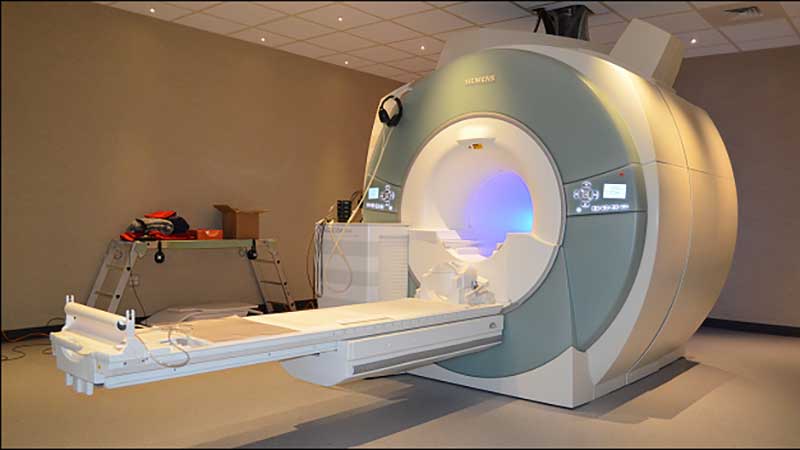
The service is designed to make it possible for radiologists to view and share images from x-rays, MRI and other equipment regardless of the make of the equipment used to capture the image. The system will connect the equipment, sites and radiologists across Telstra’s data network.
Solving the image problem
Moving such large images across networks has been a challenge for many hospitals over the last decade. As the use of imaging equipment grows the amount of bandwidth required has also soared. This has meant continual refreshes of Local Area Networks (LANs). The fact that Telstra is making this work across multiple sites over its own network is important for a number of reasons.
- It will speed up the delivery of images not only to radiologists but also the those medical professionals such as doctors, surgeons and even physiotherapists who need access to them.
- By linking multiple sites it eliminates the need to place images on removable media which can become lost or damaged.
- An patients imaging history can be reviewed alongside their medical notes to make it easier to see if their condition is improving or deteriorating.
- For patients undergoing radiotherapy it speeds up before and after images and allows for quicker treatment times and better targeting of the treatment to where it is most effective.

According to Michael Boyce, Telstra Health’s Head of Provider Applications: “The image and data management service means more convenient access to images and reports and reduced time taken for a diagnosis to be delivered to patients. For radiologists and the business it means more efficient use of skills and resources, allowing images to be automatically routed to the most appropriate radiologist available depending on the type of image or skill set required.”
Telstra Health taking advantage of cloud
The whole solution takes advantage of a hybrid cloud model where the images are captured on-premises and then moved to the cloud where they can be shared. The images are being stored in Telstra data’s private managed cloud as well as being backed up to a secondary site. The Mach7 Vendor Neutral Archive (VNA) software from 3D Medical is being used to make it possible to view the images.

In July 2015, Capital Radiology became the foundation customer and signed a four-year deal. The system has already been deployed and is currently operational across 55 of Capital’s 72 clinics. According to Chris Germon, Chief Information Officer of Capital Radiology:
“The Mach7 enterprise imaging solution provides Capital Radiology with a flexible and robust solution to better manage our large amount of imaging data.
“Our business workflow requirements change regularly but using this platform we can adjust our workflow rules within seconds and deliver images to clinicians promptly. The security and reliability of the Telstra Health hosted platform, together with the enterprise imaging expertise of Mach7 ensured the implementation process was completed on-time and to Capital’s expectations.”
Conclusion
There has been talk of how to better connect medical facilities for years but the problem has always been bandwidth and proprietary systems. While hospitals have well developed LANs to move data around they have also become targets for hackers looking for medical records.
Moving data to the cloud and creating a vendor neutral imaging system is a smart move. It allows a cloud vendor with more security experience to protect the data and improves access to those who require it. It should also have a significant capital expenditure saving for hard pressed health services who can redirect budget to frontline services rather than IT infrastructure.
Cloud also means that medical experts can now be brought in irrespective of where they are located to view and advise on data. This will help remote hospitals and medical facilities greatly and improve the speed and quality of diagnosis.


























